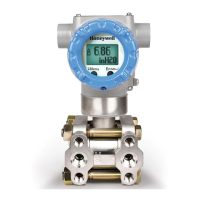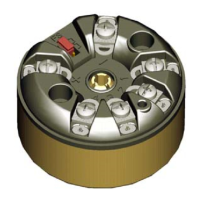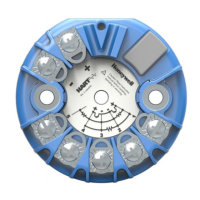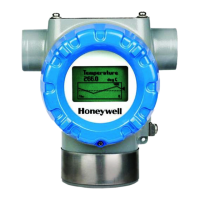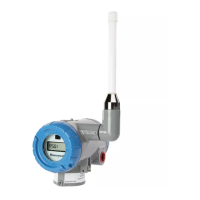Page 78 FOUNDATION Fieldbus ST 700 Pressure Transmitter User's Guide Revision 2.0
Figure 15: Arithmetic schematic diagram
The remaining three inputs (IN_1, IN_2, and IN_3) are combined with the PV in a
selection of four term math functions. To ensure that the PV enters the equation with the
right units, the inputs used to form the PV must come from devices with the desired
engineering units. Each additional input has a bias constant and gain constant. To correct
Absolute Pressure, use the bias constant, and to normalize terms within a square root
function, use the gain constant.
Calculation of PV
The range extension function has a graduated transfer controlled by two constants
referenced to IN. An internal value, g, is zero for IN less than RANGE_LO. It is one when
IN is greater than RANGE_HI. It is interpolated from zero to one over the range of
RANGE_LO to RANGE_HI. The equation for PV follows:
If the status of IN_LO is not usable and IN is usable and greater than RANGE_LO, then g
is set to one. If the status of IN is unusable, and IN_LO is usable and less than
RANGE_HI, then g is set to zero.
For three auxiliary inputs, six constants are used, and each input has a BIAS_IN_i and a
GAIN_IN_i. The output has a BIAS and a GAIN static constant. For the inputs, the bias is
added, and the gain is applied to the sum. The result is an internal value called t_i in the
function equations. The equation for each auxiliary input is the following:
If an auxiliary input is unstable, to assure smooth degradation, the flow compensation
functions have limits on the amount of compensation applied to the PV. The internal
limited value is f.
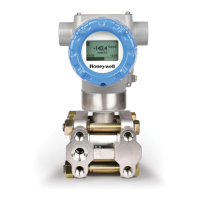
